Foundation Year
The English curriculum is built around the three interrelated strands of language, literature and literacy. Teaching and learning programs should balance and integrate all three strands. Together, the three strands focus on developing students' knowledge, understanding and skills in listening, reading, viewing, speaking, writing and creating. Learning in English builds on concepts, skills and processes developed in earlier years, and teachers will develop and strengthen these as needed.
In the Foundation year, students communicate with peers, teachers, known adults and students from other classes.
Students engage with a variety of texts for enjoyment. They listen to, read and view spoken, written and multimodal texts in which the primary purpose is to entertain, as well as some texts designed to inform. These include traditional oral texts, picture books, various types of stories, rhyming verse, poetry, non-fiction, film, multimodal texts and dramatic performances. They participate in shared reading, viewing and storytelling using a range of literary texts, and recognise the entertaining nature of literature.
The range of literary texts for Foundation to Year 10 comprises Australian literature, including the oral narrative traditions of Aboriginal and Torres Strait Islander Peoples, as well as the contemporary literature of these two cultural groups, and classic and contemporary world literature, including texts from and about Asia. Literary texts that support and extend Foundation students as beginner readers include decodable and predictable texts that range from caption books to books with one or more sentences per page. These texts involve straightforward sequences of events and everyday happenings with recognisable, realistic or imaginary characters. Informative texts present a small amount of new content about familiar topics of interest; a small range of language features, including simple and compound sentences; mostly familiar vocabulary, known, high-frequency words and single-syllable words that can be decoded phonically, and illustrations that strongly support the printed text.
Students create a range of imaginative, informative and persuasive texts including pictorial representations, short statements, performances, recounts and poetry.
(source: www.australiancurriculum.edu.au)
Achievement Standard
Receptive modes (listening, reading and viewing)
By the end of the Foundation year, students use predicting and questioning strategies to make meaning from texts. They recall one or two events from texts with familiar topics. They understand that there are different types of texts and that these can have similar characteristics. They identify connections between texts and their personal experience.
They read short, decodable and predictable texts with familiar vocabulary and supportive images, drawing on their developing knowledge of concepts of print, sounds and letters and decoding and self-monitoring strategies. They recognise the letters of the English alphabet, in upper and lower case and know and use the most common sounds represented by most letters. They read high-frequency words and blend sounds orally to read consonant-vowel-consonant words. They use appropriate interaction skills to listen and respond to others in a familiar environment. They listen for rhyme, letter patterns and sounds in words.
Productive modes (speaking, writing and creating)
Students understand that their texts can reflect their own experiences. They identify and describe likes and dislikes about familiar texts, objects, characters and events.
In informal group and whole class settings, students communicate clearly. They retell events and experiences with peers and known adults. They identify and use rhyme, and orally blend and segment sounds in words. When writing, students use familiar words and phrases and images to convey ideas. Their writing shows evidence of letter and sound knowledge, beginning writing behaviours and experimentation with capital letters and full stops. They correctly form known upper- and lower-case letters.
(source: www.australiancurriculum.edu.au)
- Plus Plan
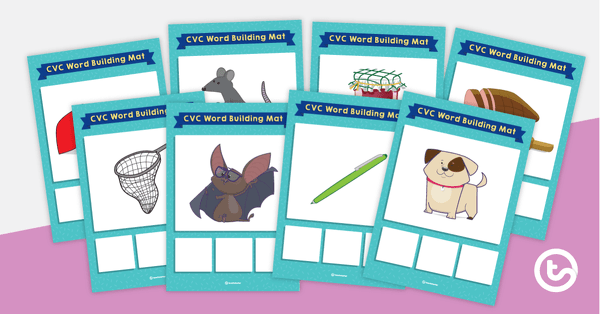
CVC Word Building Mats
A set of 25 word building mats using consonant-vowel-consonant (CVC) words.
- Plus Plan
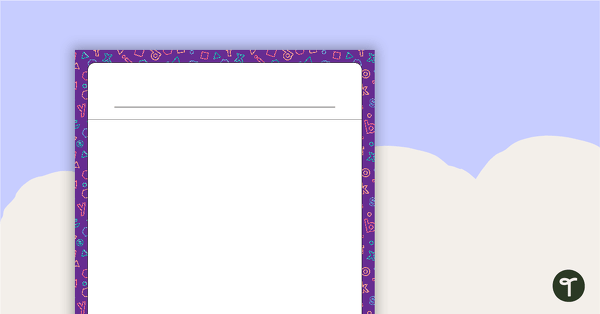
Create and Write – Art Template
A template designed for students to display their writing and illustrations.
- Plus Plan
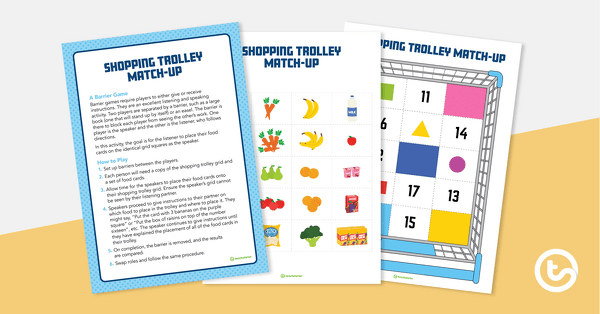
Shopping Trolley Match-Up Activity
A fun activity to be used to reinforce a variety of mathematical concepts.
- Plus Plan
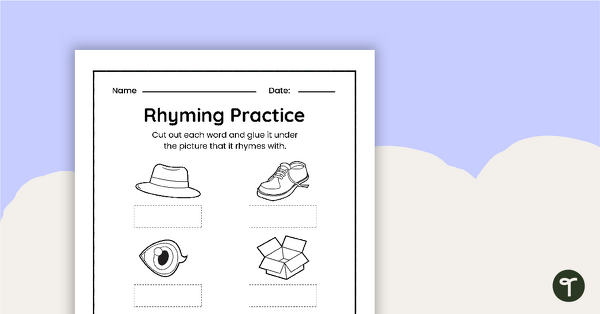
Rhyming Practice - Cut and Paste Worksheet
A cut and paste worksheet for practising rhyming words.
- Plus Plan
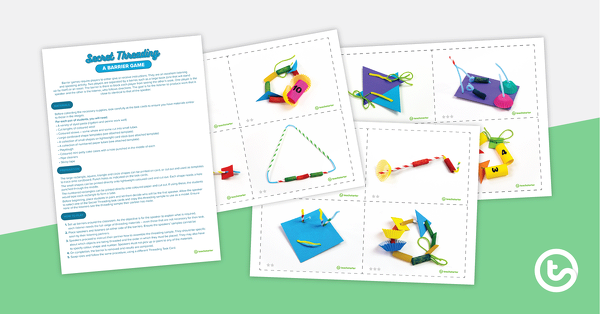
Secret Threading Task Cards
A set of 24 threading activity cards.
- Plus Plan
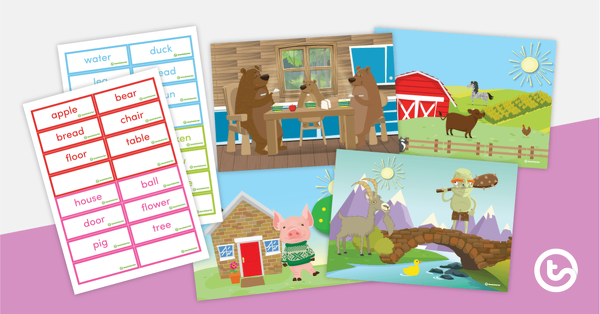
I Know That Word! Match-Up Activity
A vocabulary/labelling activity for younger students.
- Plus Plan
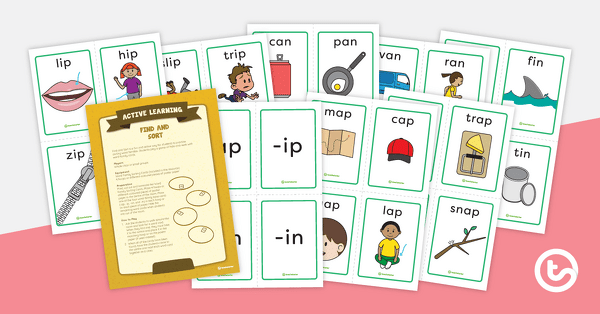
Find and Sort Active Game
An active game that allows students to practise sorting word families.
- Plus Plan
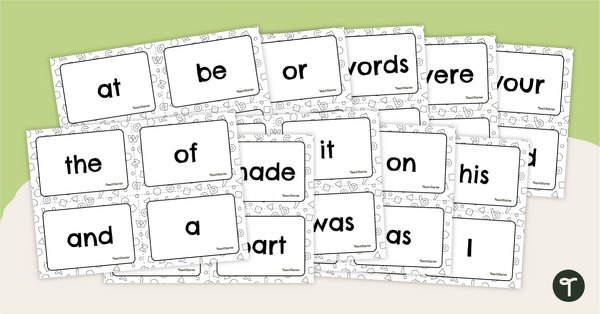
Fry Sight Words Flash Cards
A set of flash cards for the first 100 Fry Sight Words.
- Plus Plan
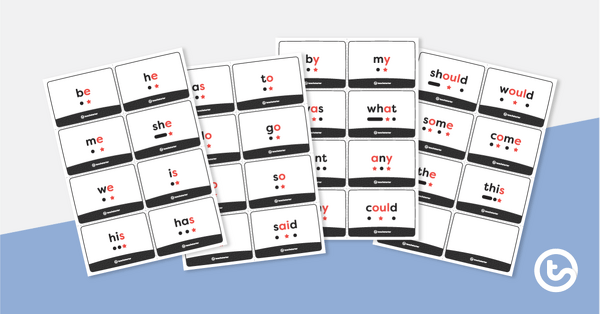
Tricky Word Decodable Sound Button Flashcards
A set of 30 tricky word sound button flashcards.
- Plus Plan
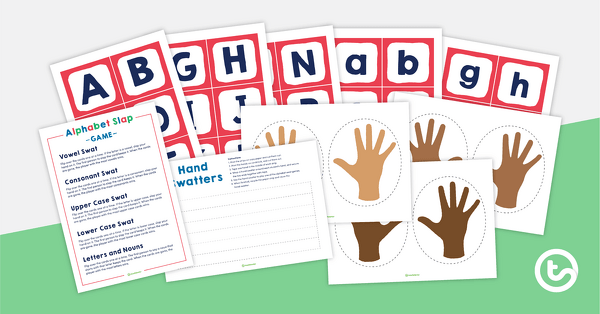
Alphabet Slap
A fun game for letter, consonant, and vowel recognition.
- Plus Plan
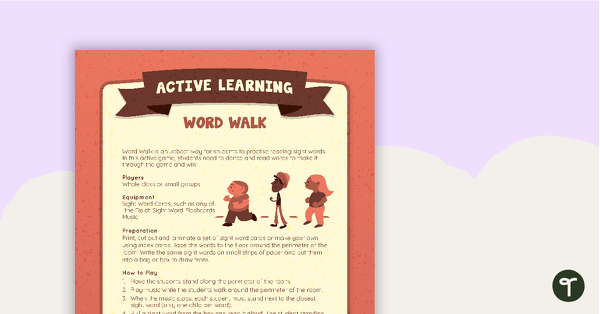
Word Walk Active Game
An active game that allows students to practise reading sight words.
- Plus Plan
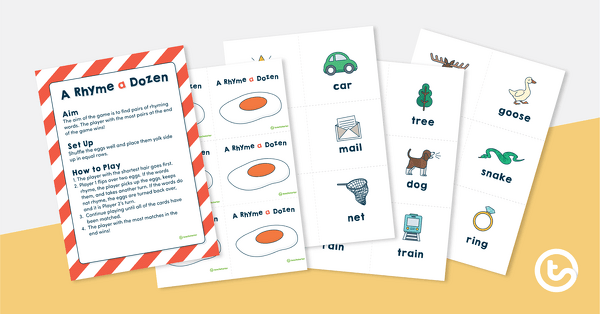
A Rhyme a Dozen - Matching Game
A concentration style card game that can be used to consolidate students' knowledge of rhyming words.
- Free Plan
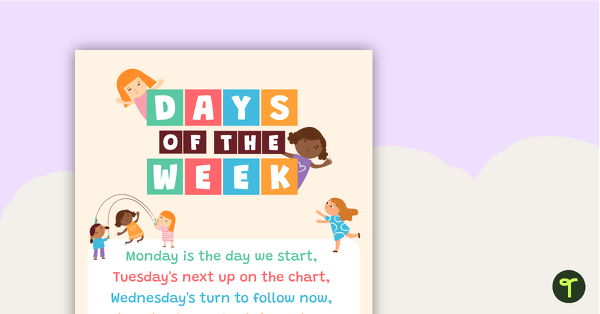
Days of the Week – Worksheet
A comprehension worksheet for a magazine article from the Foundation magazine (Issue 3).
- Plus Plan

Parts of a Book Poster
A poster that displays the parts of a book.
- Plus Plan
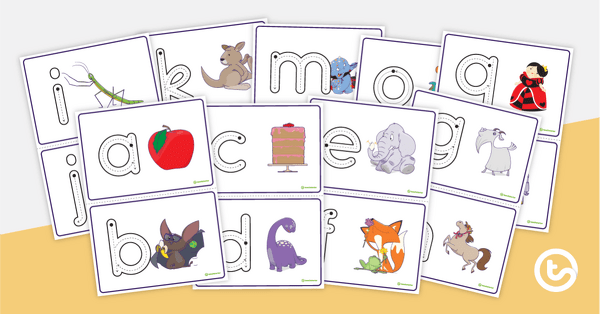
Lowercase Letter Formation Task Cards
Teach the basic formation of lowercase letters with this set of task cards.
- Plus Plan
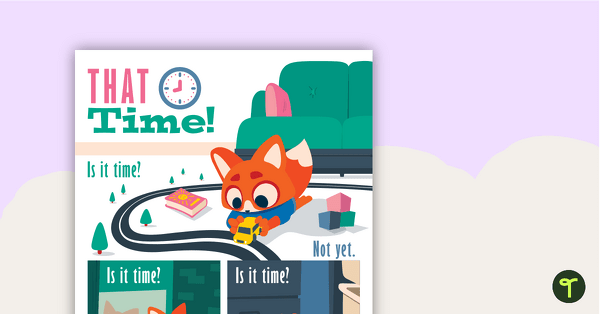
That Time! – Worksheet
A comprehension worksheet for a comic from the Foundation magazine (Bonus Issue).
- Plus Plan
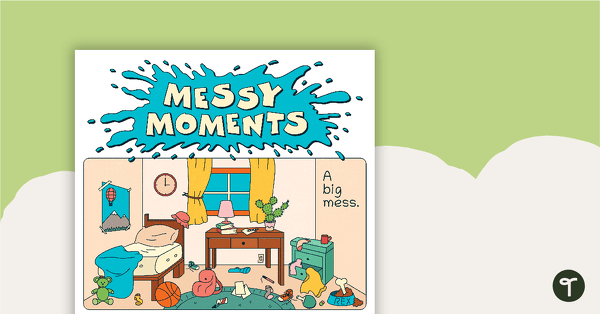
Messy Moments – Worksheet
A comprehension worksheet for a comic from the Foundation magazine (Issue 3).
- Plus Plan
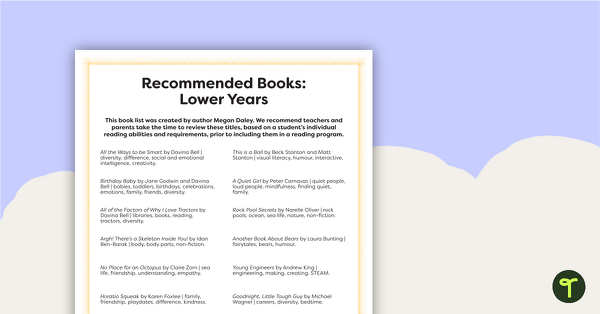
Recommended Books: Lower Years
A list of recommended books for lower years created by award-winning teacher-librarian Megan Daley.
- Plus Plan
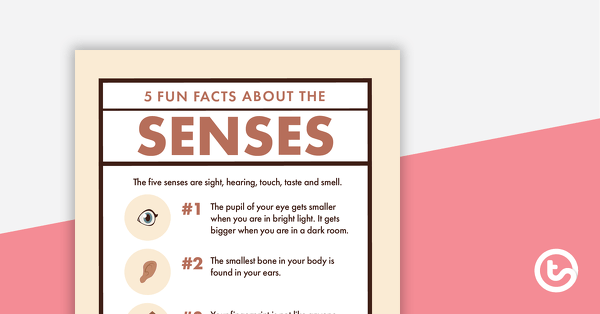
5 Fun Facts About the Senses – Worksheet
A comprehension worksheet for an article from the Foundation magazine (Bonus Issue).
- Plus Plan
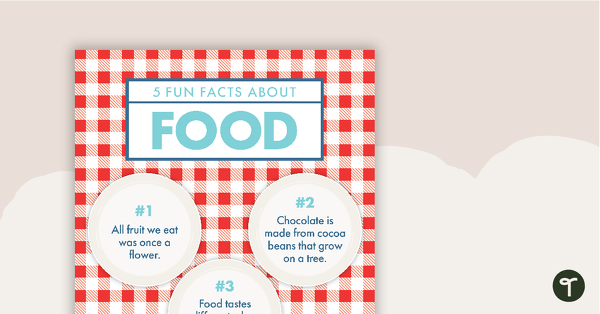
5 Fun Facts About Food – Worksheet
A comprehension worksheet for a magazine article from the Foundation magazine (Issue 3).
- Plus Plan
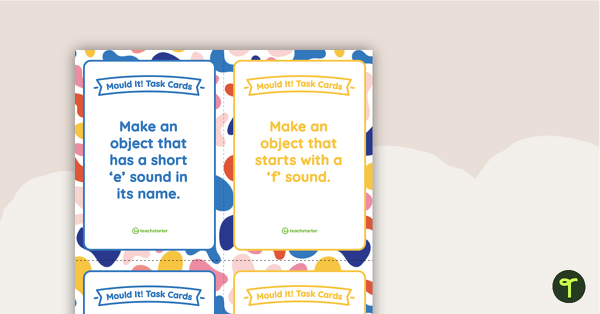
Mould It! Task Cards
A set of 28 playdough activity cards.
- Plus Plan
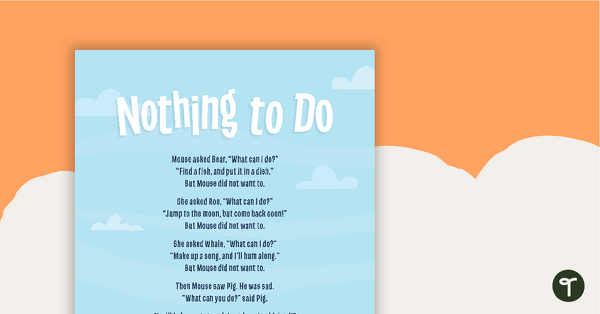
Nothing to Do – Worksheet
A comprehension worksheet for a narrative from the Foundation magazine (Issue 3).
- Plus Plan
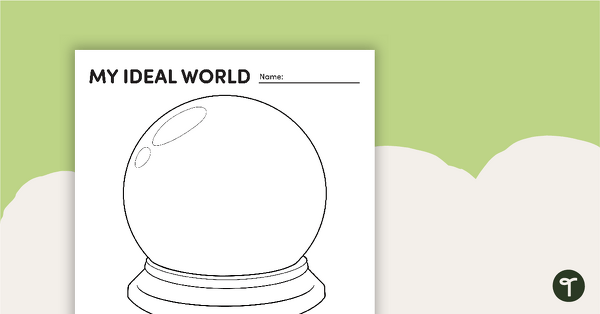
My Ideal World – Writing Template
A template for students to use when writing about their ideal world.
- Plus Plan
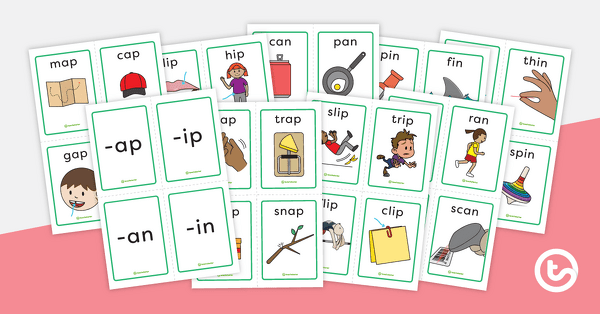
Word Family Sorting Cards
A set of 36 sorting cards to reinforce word families and rhyming with your students.
- Plus Plan
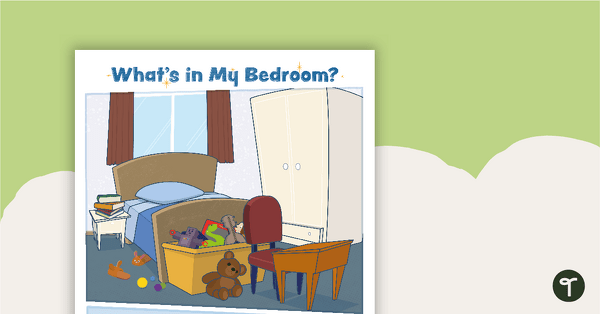
What's in My Bedroom? – Worksheet
A worksheet for an article from the Foundation magazine (Issue 2).
- Plus Plan
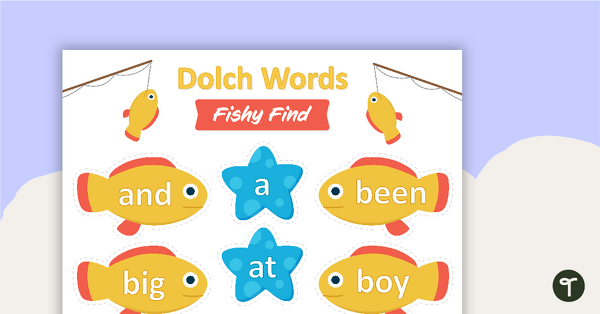
Dolch Word Fishy Find – Game
Dolch words on water creatures for students to revise their high-frequency words.
- Plus Plan
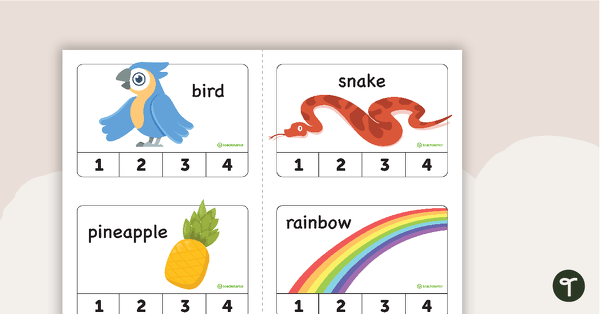
Syllable Peg Cards
A hands-on syllable activity for lower years that helps to develop syllable recognition.
- Plus Plan
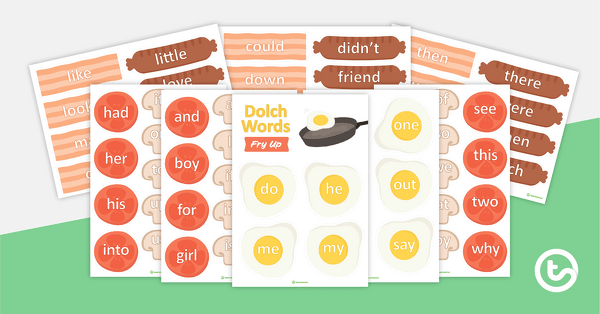
Dolch Sight Words 'Fry Up' Activity
Dolch words on breakfast 'fry up' ingredients for students to revise their high-frequency words.
- Plus Plan
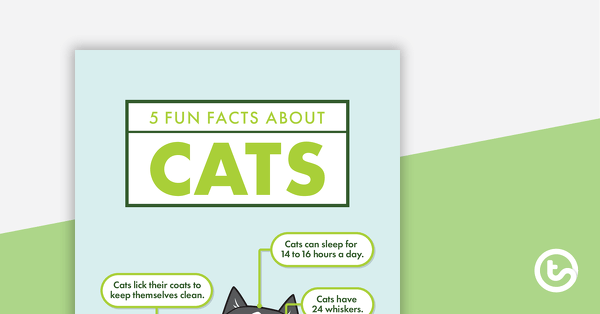
5 Fun Facts About Cats - Read and Respond Worksheet
A '5 fun facts ...' information sheet and worksheet.
- Plus Plan

Class Reading Level Display A-Z
A classroom display that allows students to see their current reading level and set their target reading level.
- Plus Plan
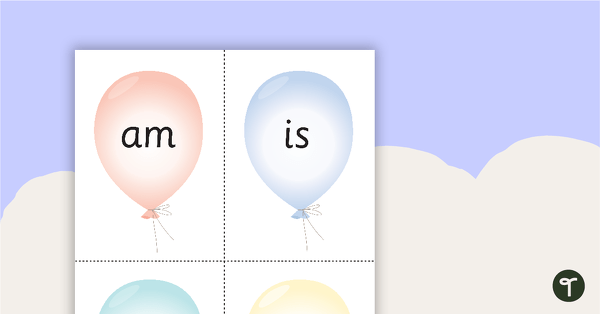
Two-Letter Word Balloon Cards
6 pages of two-letter words on balloon backgrounds.
- Plus Plan
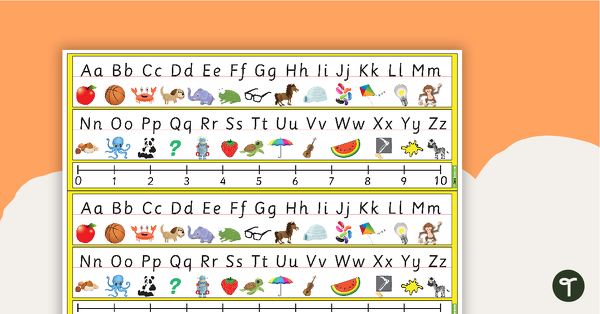
Desk Plate Alphabet and Number Line with Pictures - 0-10
Desk plates with the alphabet, pictures and 0-10 number line.